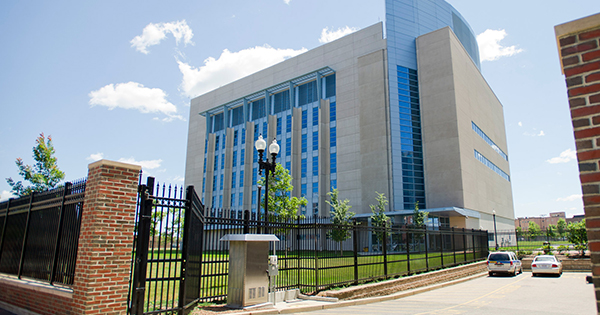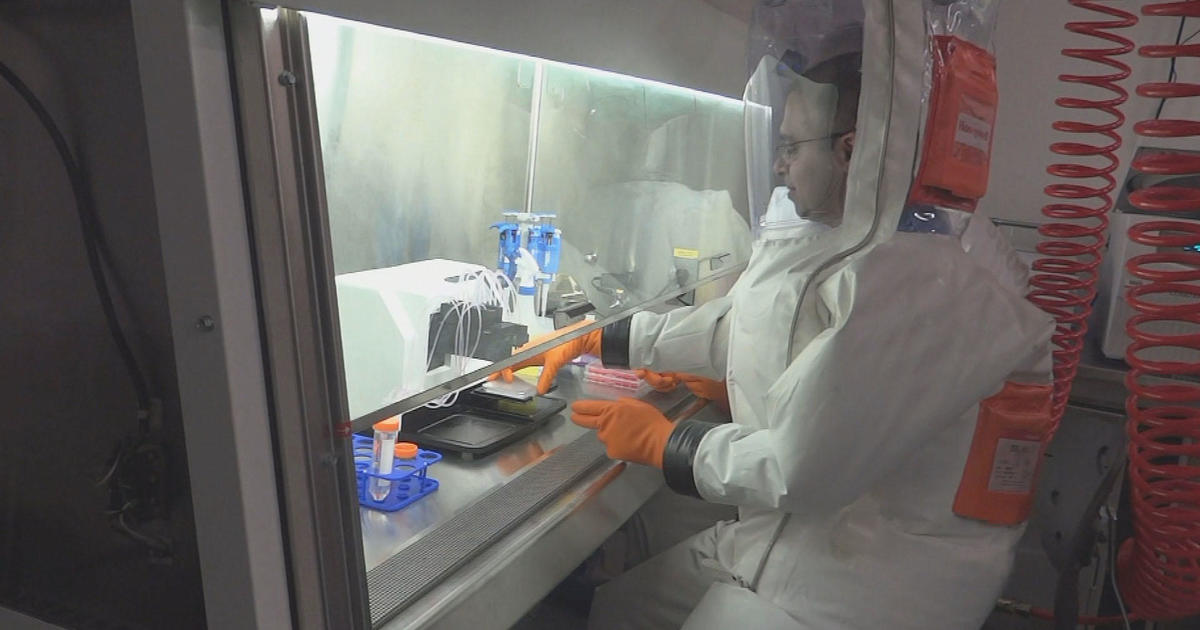- Thread starter
- #1,241
USMB software seems to be tweaking, though it could just be general russophobia. This is the originally found URL, and it sports the best snapshot of the virus that we have yet seen along with a good map of Ukraine biolabs:
sputniknews.com/20221017/just-why-boston-university-researchers-combine-omicron-wuhan-strains-to-make-deadliest-covid-ever-1101966140.html
sputniknews.com/20221017/just-why-boston-university-researchers-combine-omicron-wuhan-strains-to-make-deadliest-covid-ever-1101966140.html



